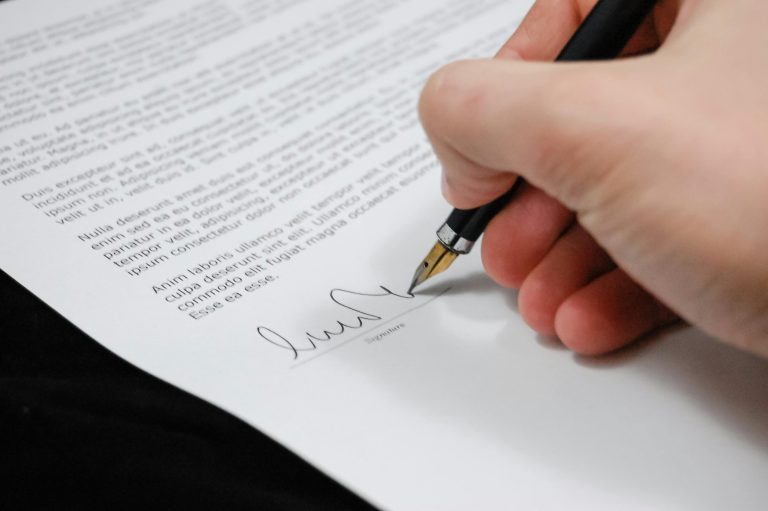Legal Notice Draughting & Reply: For Dispute Resolution in India
Meta Description: Learn the essentials of legal notice draughting & reply in India. Understand the process, legal requirements, and best practices to resolve disputes effectively.
Introduction
In India, a legal notice is a formal communication used to address disputes before they escalate to litigation. Whether resolving property conflicts, recovering debts, or addressing contractual breaches, legal notice draughting & reply is a foundational step in safeguarding rights. This guide provides a neutral, fact-based overview of draughting and responding to legal notices, ensuring clarity and compliance with Indian law.
Understanding Legal Notices
A legal notice is a written document sent by one party to another to assert a legal right, highlight grievances, and demand corrective action. Under Section 80 of the Code of Civil Procedure (CPC), serving a notice is mandatory in cases involving government entities or public officials. Key purposes include:
- Pre-Litigation Resolution: Encouraging parties to settle disputes without court intervention.
- Formal Documentation: Creating a record of communication for future legal proceedings.
- Legal Compliance: Fulfilling procedural requirements before filing a lawsuit.
For structured assistance, explore our service: Legal Notice Draughting & Reply.

Key Components of a Valid Legal Notice
A legally sound notice must include:
- Sender and Recipient Details: Full names, addresses, and contact information.
- Statement of Facts: A clear, chronological account of the dispute.
- Legal Basis: Specific laws or contractual clauses violated (e.g., Indian Contract Act, 1872).
- Relief Sought: Precise demands (e.g., payment, apology, or property vacation).
- Timeframe: Reasonable deadline for compliance (typically 15–30 days).
- Consequences: A mention of intended legal action if demands are unmet.
How to Draft a Legal Notice
Follow these steps to create an effective notice:
- Gather Documentation
Collect evidence such as contracts, invoices, emails, or photographs supporting your claim.
- Outline the Structure
- Header: Label the document as “Legal Notice” and reference applicable laws (e.g., “Under Section 80, CPC”).
- Body:
- Describe the issue factually.
- Cite legal violations.
- State demands clearly.
- Footer:Legal Notice Draughting & Reply Include the sender’s signature and lawyer’s details (if draughted professionally).
- Use Clear and Concise Language
Avoid emotional language or personal attacks. Focus on facts and legal arguments.
- Review and Send
Ensure accuracy and compliance with legal standards. Send via registered post, email, or courier for proof of delivery.
Example: A landlord draughting a notice for tenant eviction must reference the rental agreement terms and relevant rent control laws.
How to Respond to a Legal Notice
If you receive a legal notice, follow these steps:
- Read Carefully
Understand the allegations, demands, and deadlines. Note any inaccuracies or missing details.
- Consult a Lawyer
Seek legal advice to evaluate the notice’s validity and formulate a response strategy.
- Draft a Reply
- Acknowledge Receipt: Confirm you received the notice.
- Address Claims: Admit, deny, or clarify each allegation with supporting evidence.
- Counterarguments: Highlight legal inaccuracies (e.g., expired limitation period).
- Propose Solutions: Suggest mediation or negotiation if applicable.
- Submit Timely
Legal Notice Draughting & Reply Ensure the reply is sent before the deadline using traceable methods.
Example: A business accused of breaching a contract might rebut claims by providing delivery receipts or communication logs.
Common Errors to Avoid
- Missing Deadlines: Delays can weaken your position or lead to ex parte judgements.
- Vague Language: Ambiguous demands or responses create confusion.
- Ignoring Format: Non-compliance with Section 80 CPC requirements invalidates notices in government-related cases.
- Overlooking Evidence: Failing to attach relevant documents reduces credibility.
When is a Legal Notice Mandatory?
- Civil Disputes: Property, contract, or family law matters (e.g., divorce, inheritance).
- Consumer Grievances: Deficiency in services under the Consumer Protection Act, 2019.
- Employment Disputes: Unpaid salaries or wrongful termination.
- Government Claims: Suits against public officials (Section 80, CPC).
Role of Legal Professionals
While individuals can draft notices independently, lawyers ensure:
- Accuracy: Alignment with legal standards and precedents.
- Strategic Framing: Language that strengthens your position in potential litigation.
- Mediation Support: Facilitating out-of-court settlements.
For expert guidance, visit Legal Notice Draughting & Reply.

Consequences of Non-Compliance
- Loss of Legal Standing: Courts may dismiss claims if mandatory notices are not served.
- Assumption of Guilt: Ignoring a notice implies acceptance of allegations.
- Financial Penalties: Courts may impose fines or enforce unfavourable settlements.
FAQs
Q1. Can I send a legal notice without a lawyer?
Yes, but professional draughting minimises errors and strengthens your case.
Q2. What if the recipient refuses to accept the notice?
Legally, the notice is deemed served if sent via registered post or approved methods.
Q3. How much does draughting a legal notice cost?
Fees vary based on complexity. Our service offers affordable, expert assistance.
Q4. Is a legal notice enforceable?
It is not a court order, but it establishes intent to pursue legal action.
Conclusion
Legal notice draughting & reply is a critical skill for resolving disputes efficiently in India. By adhering to procedural requirements and maintaining factual accuracy, parties can often avoid costly litigation. Whether you’re a business owner, tenant, or individual, understanding this process empowers you to protect your rights confidently.
At Legal Advice India, we provide practical, unbiased guidance for all legal needs. For tailored support, explore our Legal Notice Draughting & Reply service today.
Resolve disputes with clarity and confidence—act now!







